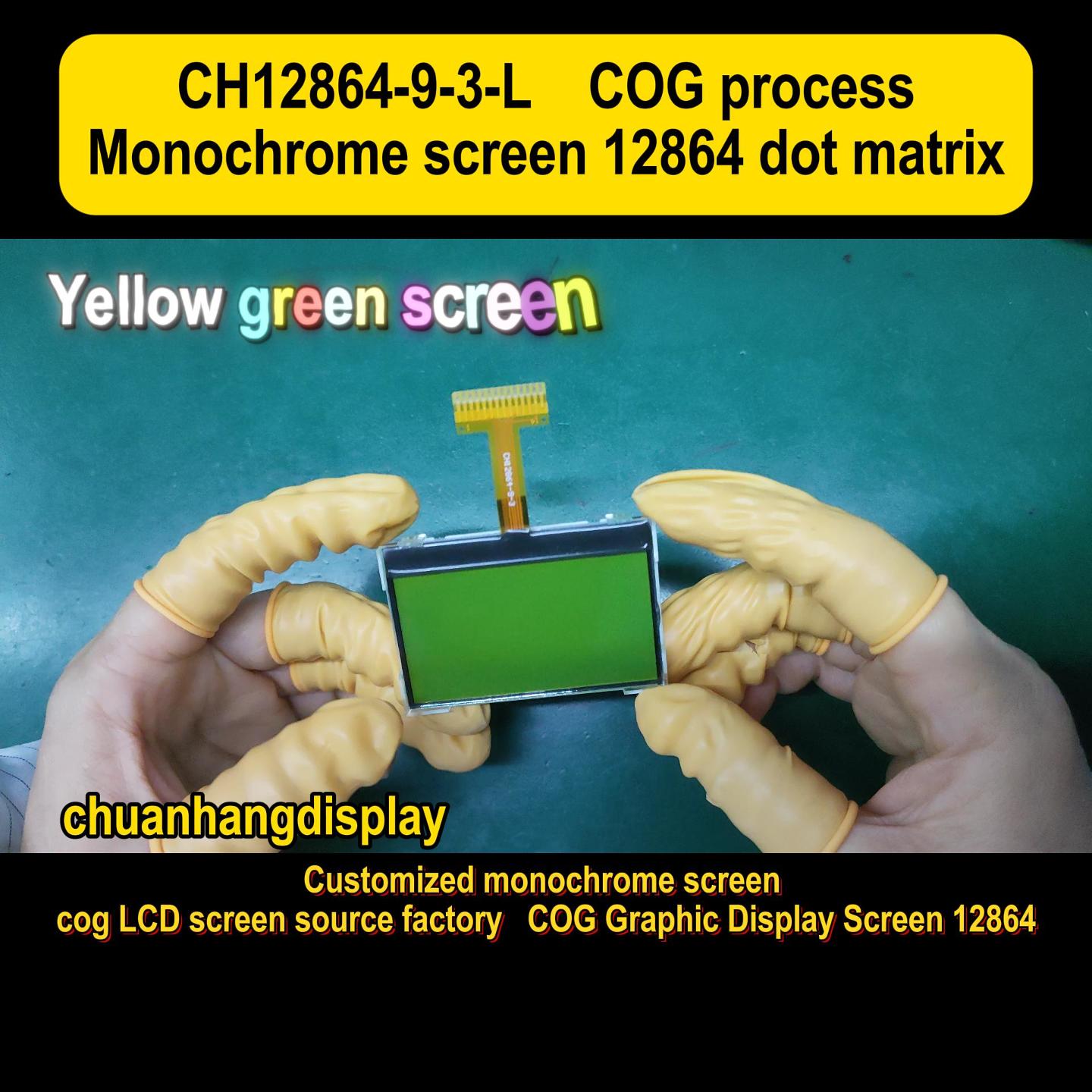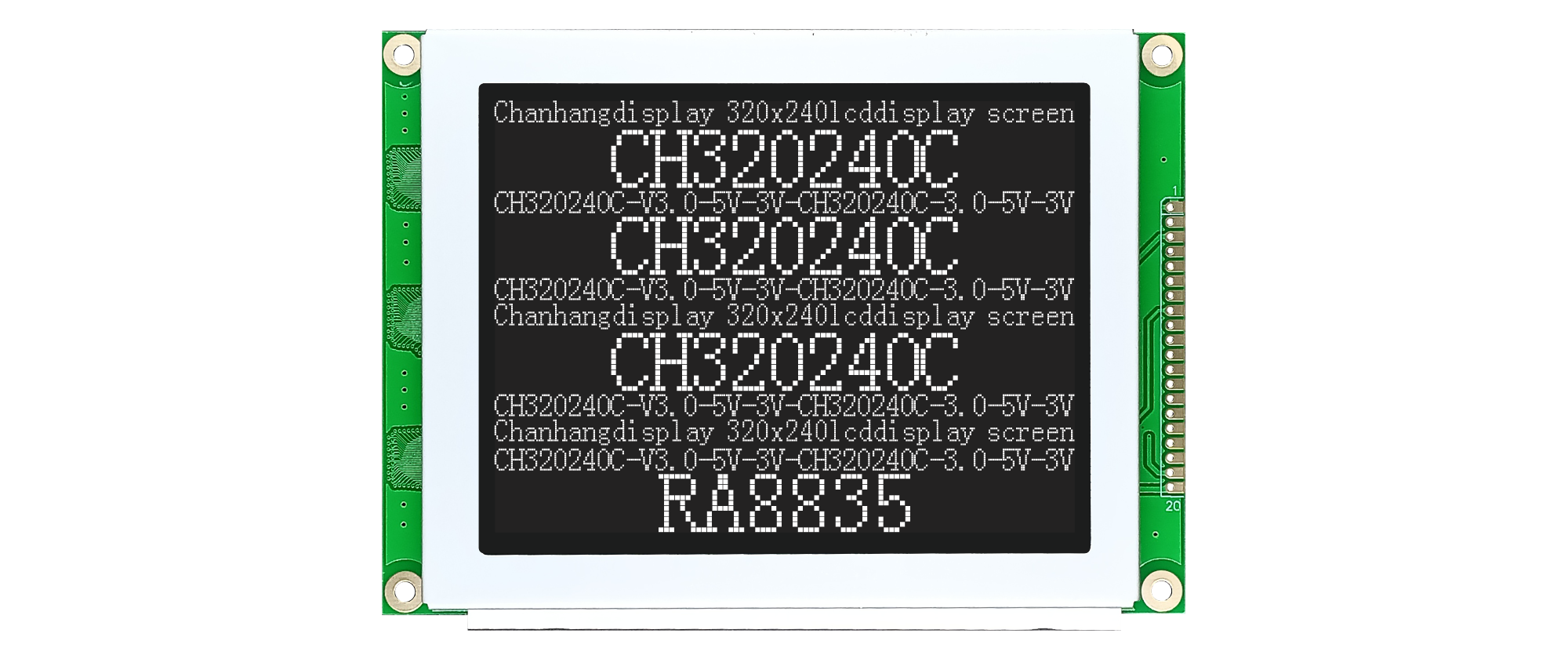In the world of electronics and embedded systems, few components are as ubiquitous and instantly recognizable as the Character LCD Module. These humble displays are the workhorses of the digital world, providing a simple, low-cost, and highly effective means of communication between a device and its user. From the microwave oven in your kitchen to the complex industrial machinery on a factory floor, the Character LCD Module serves as a silent, reliable narrator of data and status. This article delves into the intricacies of these modules, exploring their history, technology, applications, and the common challenges engineers and hobbyists face when integrating them.

At its core, a Character LCD Module is a self-contained unit that combines a liquid crystal display (LCD) specifically designed to show alphanumeric characters and symbols with all the necessary supporting electronics. Unlike graphical LCDs, which control individual pixels to create any image, a character LCD is built around a fixed set of patterns—typically for ASCII characters, Japanese Kana, or some special symbols.
The most common and iconic type is the 16x2 Character LCD Module, which displays two lines of 16 characters each. However, they come in various sizes, including 8x1, 16x1, 20x2, 20x4, and 40x2. The "module" part is key; it includes the LCD glass, a controller chip (like the industry-standard HD44780 or its compatible equivalents), a parallel or I2C interface, and a built-in backlight (often LED-based). This integration makes it incredibly easy for a microcontroller like an Arduino or Raspberry Pi to send simple commands and display text without managing the complex low-level timing required to drive raw LCD panels.
The proliferation of the Character LCD Module is largely thanks to Hitachi's introduction of the HD44780 dot-matrix LCD controller in the 1980s. This chip became the de facto standard for alphanumeric LCDs. Its command set and interface protocol were so well-designed and effective that numerous other manufacturers began producing compatible controllers and modules.
This standardization meant that a programmer could write a single library to communicate with any HD44780-compatible Character LCD Module, regardless of its manufacturer or physical size. This universality drastically reduced development time and cost, cementing the module's place in electronic history. Today, while the original HD44780 is obsolete, its legacy lives on in every compatible module, including those produced by modern manufacturers like Chuanhang Display, which continue to supply high-quality, reliable displays for a global market.
Understanding the basic operation of a Character LCD Module demystifies its behavior. The heart of the module is the controller, which maintains a display buffer (memory that holds the characters to be shown) and a custom character generator (CG) RAM.
The Interface: The most common interface is a parallel 4-bit or 8-bit bus, which requires up to 11 I/O pins from a microcontroller. To save precious I/O pins, many users employ an I2C or SPI serial interface adapter backpack, which connects to the module's parallel interface and allows communication with just two or three pins.
Character Generation: The controller has a built-in Read-Only Memory (ROM) that contains the pixel patterns for a standard set of characters—the ASCII table. When you send the letter 'A' to the module, the controller looks up the 5x8 or 5x10 pixel pattern for 'A' from its ROM and activates the correct segments on the LCD to display it.
Custom Characters: A powerful feature of these modules is the ability to define up to eight of your own custom characters. You can write a pixel pattern into the CG RAM, and then display it just like a standard character. This is perfect for creating simple icons, logos, or special symbols not available in the standard font.
The Character LCD Module is the go-to display for a vast array of applications where simple text output is sufficient. Its low power consumption, excellent readability, and cost-effectiveness make it an ideal choice for:
Consumer Appliances: Microwave ovens, washing machines, coffee makers, and air conditioners.
Test and Measurement Equipment: Multimeters, oscilloscopes, power supplies, and sensor readouts.
Industrial Controls: PLC operator interfaces, control panels, and machinery status indicators.
Hobbyist and Prototyping Projects: Arduino and Raspberry Pi projects for weather stations, clocks, robots, and more.
Point-of-Sale (POS) Systems: Displaying transaction information and item prices.
Embedded Systems: Providing diagnostic information, IP addresses, or system status in networking equipment and servers.
Companies like Chuanhang Display supply these modules to a diverse range of industries, highlighting their enduring versatility and utility.

Even with their simplicity, integrating a Character LCD Module can sometimes be frustrating. Here are some of the most common problems and their solutions.
1. The Display is Blank or Nothing Appears
This is the most common issue. The culprit is almost always incorrect wiring or a missing power connection.
Solution: Triple-check all connections. Verify that the VCC and GND pins are correctly connected to your power supply. Use a multimeter to confirm the module is receiving the correct voltage (typically 5V). Also, check the contrast pin (VO); if it's incorrectly biased, the display may be powered on but the characters are invisible. Adjust the contrast potentiometer.
2. The Display Shows Only Black Boxes on the Top Row
A row of solid black blocks indicates the module is powered on and functioning, but it hasn't been initialized properly.
Solution: This is a initialization sequence error. The microcontroller must send a specific series of commands to the controller to set its mode, clear the display, and turn it on. Ensure your code includes the correct initialization routine before trying to send any data. A power-on reset delay (e.g., 50ms) before starting initialization is often crucial.
3. Displaying Garbage or Incorrect Characters
If random symbols or incorrect letters appear, the data being sent is not being interpreted correctly.
Solution:
Timing: The most likely cause is that the code is not meeting the timing requirements of the LCD controller. After each command, the code must wait for a specified execution time, especially after the clear display and return home commands. Insert small delays (delayMicroseconds()) after these commands.
4-bit vs. 8-bit Mode: Ensure your initialization code correctly sets the interface mode (4-bit or 8-bit) that matches your wiring.
Faulty Wiring: A loose data line can cause bits to be misread, leading to corrupt characters.
4. Missing Characters or Cursor in the Wrong Place
This is usually a logical error in the code rather than a hardware fault.
Solution: The controller keeps an internal cursor address. If you print text without properly setting the cursor position first, it might start in the middle of the display. Use the "set cursor" command to explicitly move the cursor to the desired location (e.g., line 1, position 0) before printing. Remember that the memory addresses for each line are not always sequential.
5. Faded Display or Poor Contrast
The display requires a precise voltage on the VO pin to control the contrast.
Solution: The VO pin is typically connected to the wiper of a 10kΩ potentiometer, whose other legs are connected to VCC and GND. Adjust this potentiometer until the characters are sharp and clear. In some cases, a simple resistor divider (e.g., a 1kΩ resistor to GND) can work, but a potentiometer is recommended for tuning.
While the classic Character LCD Module remains immensely popular, newer technologies like OLEDs and smaller, cheaper graphical LCDs are becoming more common. These offer higher resolution, the ability to display graphics, and sometimes even lower power consumption.
However, the character LCD's unbeatable combination of simplicity, extreme low cost, high reliability, and easy integration ensures it will remain a fundamental component in an engineer's toolbox for years to come. For projects that need to display clear, unambiguous text without unnecessary complexity, the Character LCD Module, such as those reliably produced by Chuanhang Display, is often still the perfect solution. Its legacy as the HD44780 standard continues to empower a new generation of creators to bring their digital projects to life.